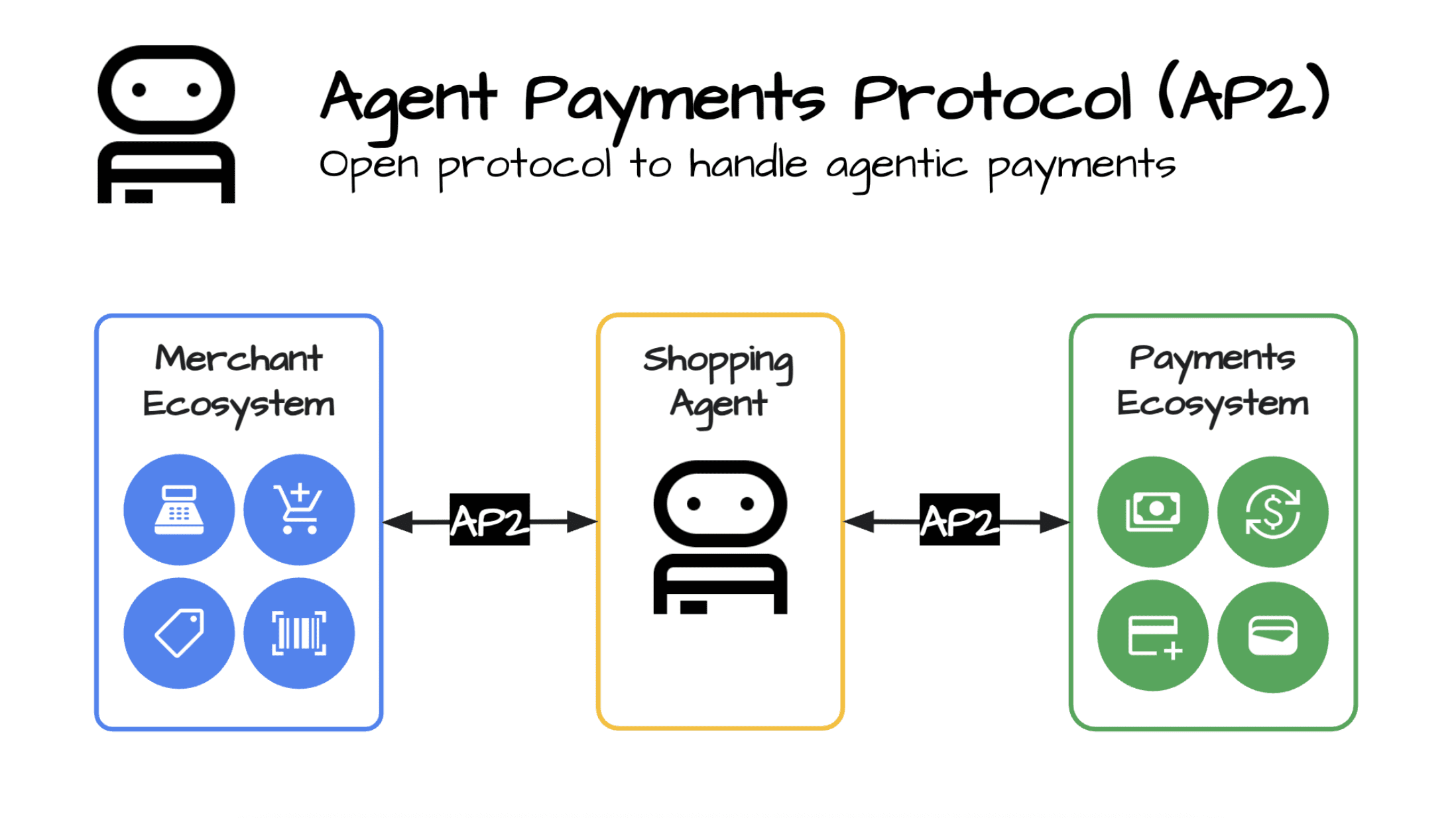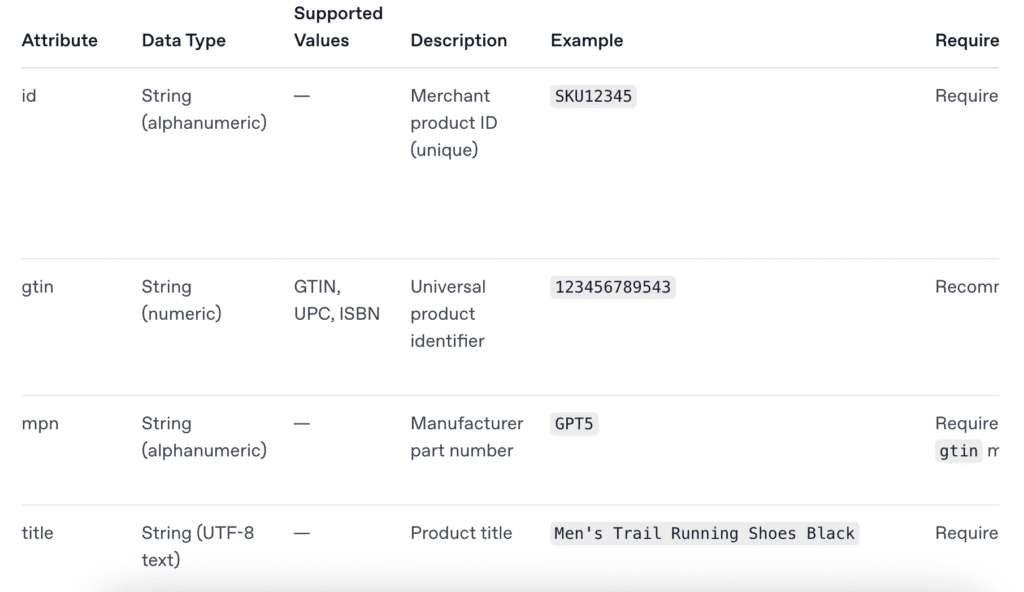- November 15, 2025



A new wave is forming across retail, and this one is not about another channel or marketplace. It is about AI buying for people, quite literally.
The term you will hear more over the next year is Agentic Commerce.
In simple terms, it is when an AI agent such as ChatGPT, Amazon Rufus or Google Gemini can discover your products, compare prices, build a basket, and check out without the customer ever clicking around your site.
It sounds futuristic, but it is already happening. If you run an eCommerce store, this is the moment to understand what is powering it, who is building it, and how to prepare.
Think about what ChatGPT does today. You can ask it for meal ideas, gift suggestions or product comparisons. Now imagine it can also place the order for you using your stored payment details and send you the confirmation email.
That is Agentic Commerce.
It moves the checkout away from your website and into the AI layer where intent happens. The AI becomes the buyer’s interface.
It is powered by a new set of open protocols that let agents talk directly to stores and payment networks.
OpenAI and Stripe have created something called the Agentic Commerce Protocol (ACP).

It is a framework that allows an AI such as ChatGPT to pull live product data, build a cart, and complete the checkout safely. Stripe handles the payment and the merchant stays merchant of record.
Google is building its own version, the Agent Payments Protocol (AP2).
It focuses on authentication and security so that when an AI buys something on your behalf there is a cryptographic signature proving you gave permission. It is designed to create an auditable proof of consent that regulators will trust.
Amazon is taking a different route with Rufus, its shopping assistant built into the Amazon app. It is a closed system, but the concept is the same. The AI helps the user find and buy products with minimal friction.
Visa and Mastercard are both preparing for this shift. They are extending their tokenisation systems so that agent-based payments can still flow through existing card rails. That means all the usual protections, refunds and chargeback processes will still apply even if the “customer” is technically an AI.
Agentic Commerce changes how discovery and intent work.
Your products might not be found by a human any more. They will be found by an AI that reads structured data, compares specifications, analyses delivery times and chooses the best fit for the user.
That means your product feed becomes your storefront.
It is now the front door for discovery.
If your data is incomplete, messy or locked behind your CMS, you risk being invisible to AI buyers.
You also need to make sure your checkout, pricing and fulfilment can communicate with these new systems. For example:
These might sound like developer problems, but they are really commercial ones. If AI becomes a major buying interface, only businesses that are agent compatible will be visible.
The first live examples are already out there.
If you sell online in 2025, this is not a far-off concept. It is here.
You do not need to rebuild your website. You need to make your data cleaner, your checkout easier and your systems more transparent.

Start with the following:
Think of AI assistants as a new sales channel.
Instead of optimising for keywords or ads, you will be optimising for AI understanding. Feed quality, brand trust and customer satisfaction will replace traditional ranking factors.
AI buyers will choose brands that are fast, reliable and consistently deliver on what they promise.
That is the new playing field.
Agentic Commerce will not replace your website traffic overnight.
It will creep in through small use cases such as reorders, subscription top-ups or quick price comparisons.
The smart brands will gain early because they are ready for the AI layer. Others will slowly fade from view as the buying experience shifts to assistants that do not browse the web in the traditional sense.
Try out my new AP2 (Agent Payments Protocol) Builder Tool: https://chrisleverseo.com/tools/ap2-feed-builder-tool/